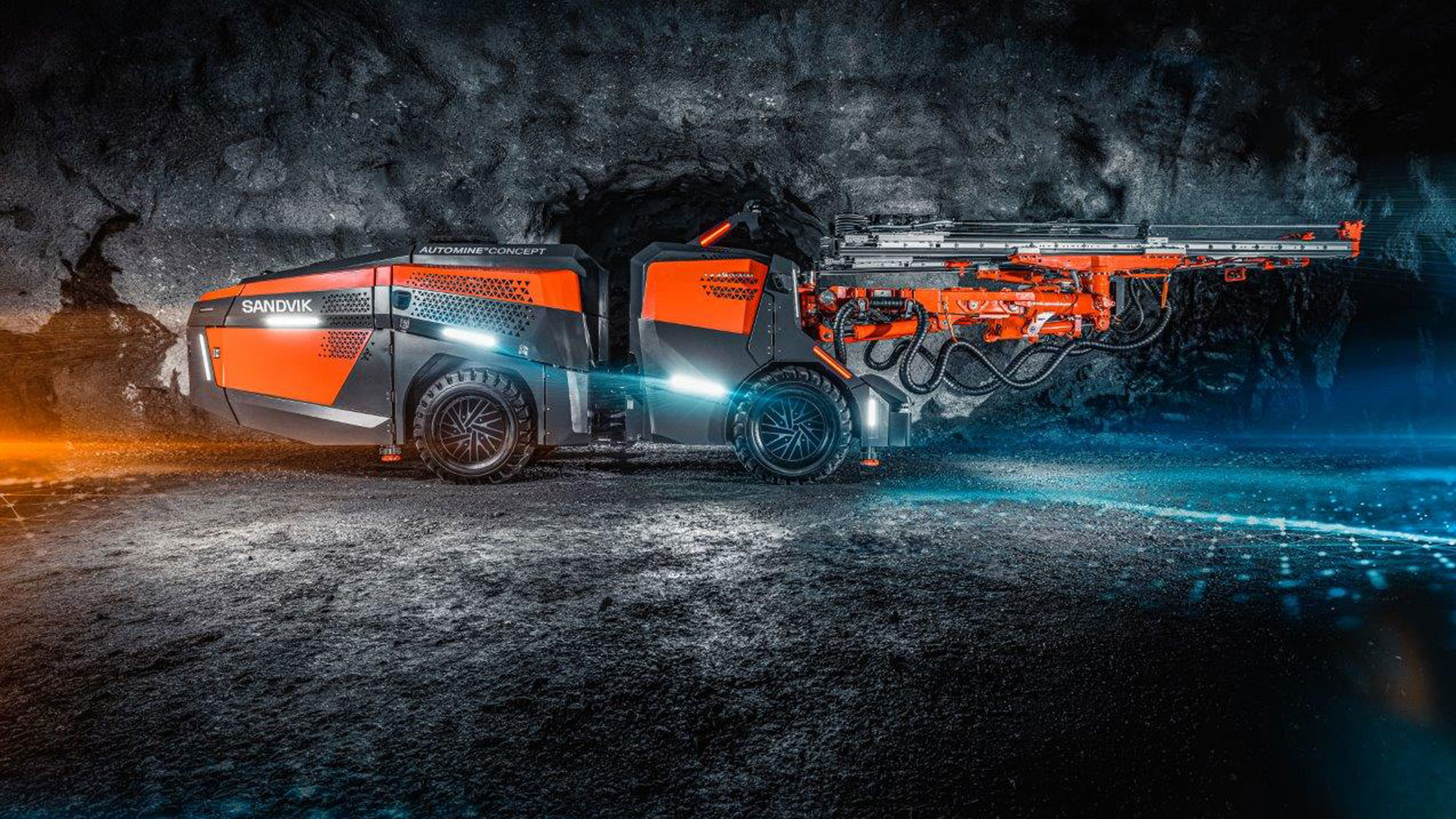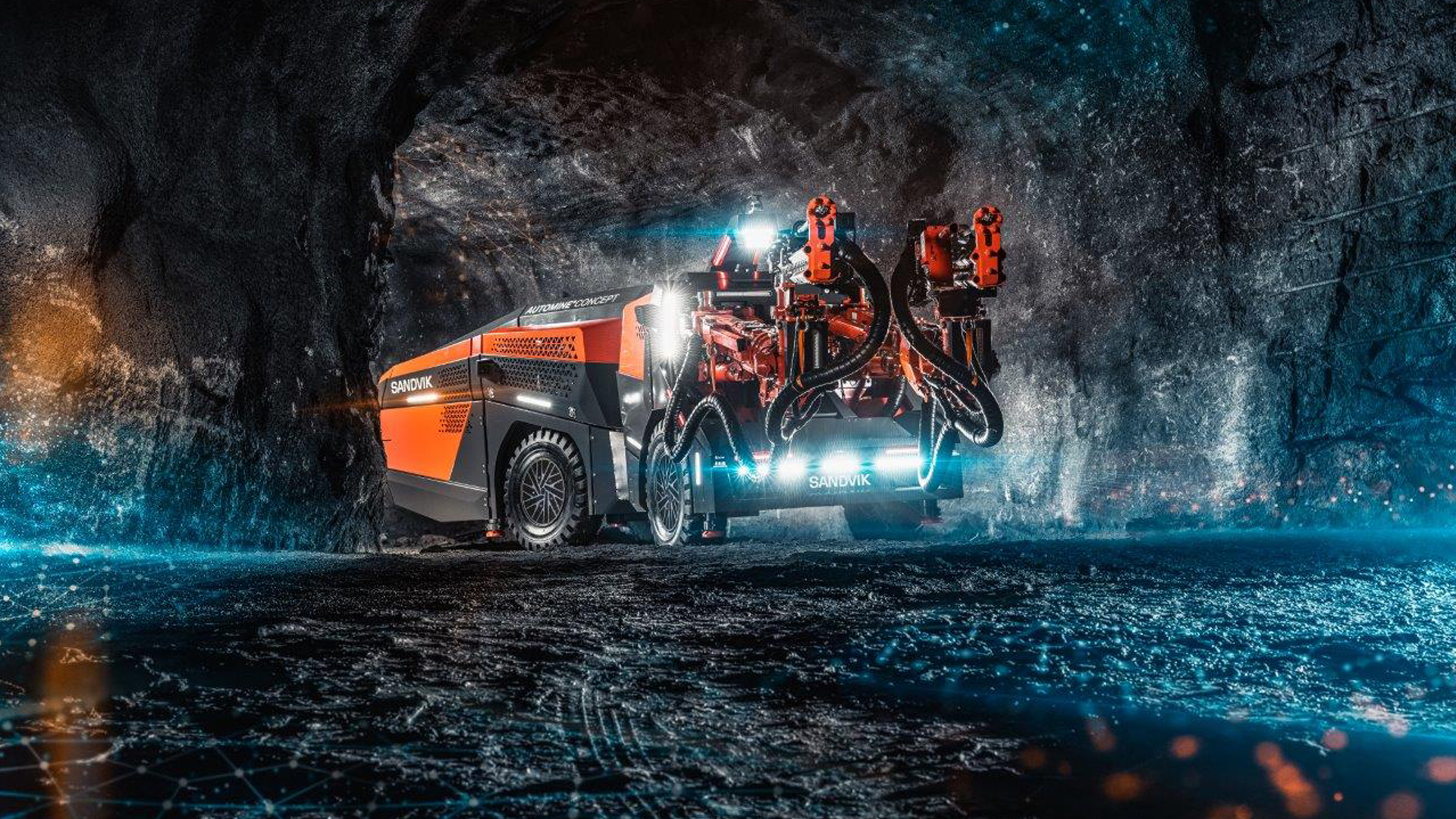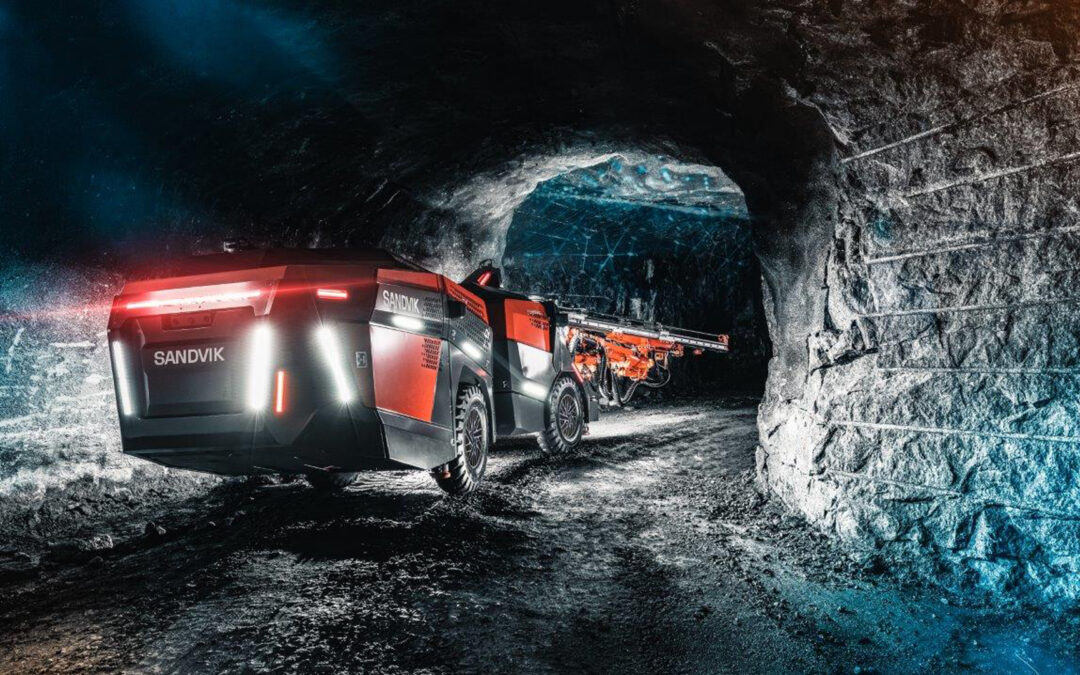Autonomic machines must also look impressive and desirable to the buyer, as well as be usable, easy to maintain and sensible to manufacture. However, there are some special requirements that must be carefully considered when designing independently operating machines.
Autonomic machines and devices are unavoidably making their way into traffic, industry and our homes. They can be exceptionally useful, as at their best they improve productivity and safety, enable up to around the clock operation and help reduce the number of repetitive and dangerous work tasks that people have to do.
Designing autonomic machines and devices is its own art form that is affected by one central notion: they do not have a driver or operator. This distinction might sound a bit silly or at least self-evident, but it often leads to several design challenges, not all of which have anything to do with the physical form of the device.
How to design communication?
When designing an autonomic machine, the most challenging issue is coming up with how the device communicates with its environment.
First of all, one must consider how the device communicates what it is doing to its environment. Does it communicate its activity and direction, or changes to a feature, with signal lights or sound cues?
The second issue is figuring out how the device signals when it observes a dangerous or exceptional situation. An autonomic device – a device that operates independently – does not have an operator that you can see or hear, which means that a person within the sphere of influence of the device cannot ensure in regular ways that the device has noticed either them or some issue that requires reacting to.
The communication of autonomic devices has been studied to some degree, but so far no standards have been established concerning how the machines communicate their intentions to their environment. Sure, red or white lights can communicate direction of movement and traditional orange blinkers can indicate the intention to turn, but there is no uniform way to signal active status or stand-by mode, for example. Similarly, there are no universally agreed upon or unified practices for signalling that the device has noticed a person or situation.

A drilling machine used in the mines of Sandvik Mining and Construction communicates with its environment with LED tubes that change colour, signalling what the machine is doing and where it is headed.
Of course, modern autonomic machines primarily operate in restricted, closed and supervised areas where all the people present have been trained in the operation of the machines. However, in the future, autonomic devices will inevitably become a part of our everyday environments, so the significance of communication will become ever more highlighted.
The appearance of the machine is a message in itself
The physical design of the machine is also a part of communication, and this actually becomes emphasised in autonomic devices. Even if an independently operating machine were as safe as they come, it can appear quite threatening as people tend to subconsciously fear devices that are not visibly controlled by a human being.
The question of how an autonomic machine can be made to look harmless to its environment is a tough nut to crack. A small grocery delivery robot can be made to look even cute quite easily, but how do you accomplish the same with a logging truck robot, for example.
When thinking about the physical design of autonomic machines, special attention must be paid to the realisation of possible dangerous situations. How can the design accommodate the risk of somebody slipping underneath a tire or slamming into the machine in a dangerous way?
Porcupine or streamlined machine?
Because an autonomic machine does not have a driver, it must be fitted with a host of sensors, scanners, cameras, radars and antennae to observe the environment and guide the machine’s operation. To complicate matters further, most of these should be placed in the outermost corners or extreme points of the machine to provide a view of the environment that is as unobstructed as possible.
On the one hand, the ideal situation would be that the various electronic devices were placed at the ends of long shafts. On the other hand, modern devices aspire to a look that is as sleek and streamlined as possible. All of the appendages and shafts should be integrated into the design so that the machine with all of its protrusions, antennae and beacons does not look like a porcupine.
But perhaps highlighting and drawing attention to the sensors, cameras and other instruments will become the characteristic feature of autonomic machines and a veritable new design trend. One can never tell.
Sandvik Mining and Construction leads the way
Autonomic machines are especially useful in hot, dark and cramped mines where autonomic machines can reduce the amount of human labour or keep humans away from dangerous areas.
Muodonmuutos has designed two autonomic concept devices for Sandvik Mining and Construction to be used in their mines. In 2019 we presented a bucket loader, and recently we unveiled the drilling machine named Amelia. These autonomic mining machines are the first and only specimens of their kind in the world.

The Sandvik loader presented in 2019 is a concept machine that operates autonomously.
While Sandvik’s fleet has contained remote-controlled machines for a couple of decades now, these have also had a cockpit for manual operation, which has now been left out of the new concept machines. The act of drilling itself has also included automation for a long time as the rounds that need to be drilled into mining tunnels have been digitally designed beforehand and automation has then taken care of drilling the holes in the right spot, direction and depth. In addition to this, the autonomic Amelia drilling machine can be driven to the back of the tunnel, positioned and horizontally levelled automatically, after which the machine handles the drilling independently.

Sandvik’s autonomic drilling machine named Amelia is the first and only one of its kind in the world.
The machines are powered by electricity so they do not increase the need for ventilation, which amounts to up to 60 % of the operating costs of the mine.
At this stage, the machines are not intended for serial production as they are, but their purpose is to demonstrate Sandvik’s technological prowess and serve as research platforms on autonomous operation. Therefore we have been able to take certain liberties with their design regarding the requirements on fabricability, for example.
Because these are concept machines, all coverings and hatches could be placed on the terms of aesthetics, and one might not even notice the boundaries between compartments that can be opened. In the drilling machine, the way to climb to the top of the machine could be integrated into the shapes of the machine itself. Similarly, the holes and grates required for cooling could be stylishly placed in the contours of the coverings. The arrangement of the triangle-shaped holes highlights the machine’s modern look.
The impressive look of the machines is a conscious choice, as the goal of the designs was to highlight the novelty value of autonomous operation. Even though the familial relationship to machines in production is evident, in the concept machines we have aspired to a look that differs from models on sale in order to attract attention.
The loader and drilling machine communicate with their environment via LED tubes that tell the machine’s state and direction of movement by changing colours. The machines themselves do not need lights as they can navigate and operate even in total darkness. However, lights are needed for both communication and cameras, and they have been designed so that the amount of light is right and arrives at the right angle.
The lights were designed with the help of Muodonmuutos’ VR model. A 3D model of the machine was placed in a scanned virtual model of the tunnel environment and the lights were specified to adhere to the values delivered by the lighting suppliers to ensure that the placement of the lights required by cameras and other instruments could already be considered in the early stages of the design process. This way we could achieve a controlled and stylish look for the entire machine as we could already analyse the placement of the lights in the VR model instead of having to place the lights on top of a finalised machine design in the last stage of the process.
In the drilling machine project, Muodonmuutos also designed the machine’s control room, i.e., a command centre built into a freight container where communication with the machine takes place via a touch screen.
On Sandvik’s website you can watch a video of Amelia in action.

